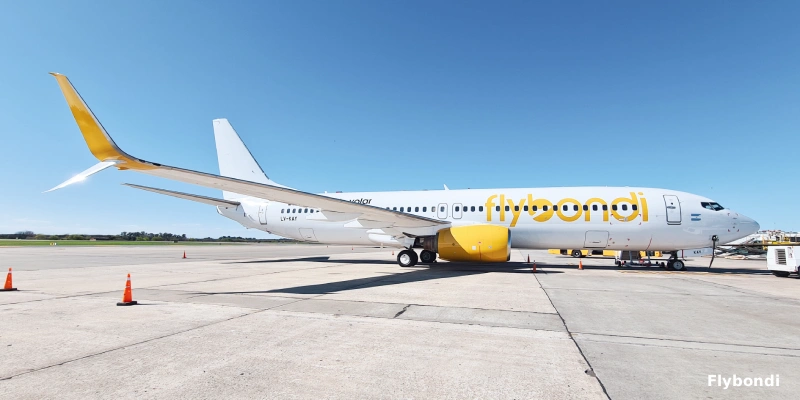Using technology that transmits data from an aircraft via satellites, the Federal Aviation Administration (FAA) is now monitoring every Boeing 737 MAX on every flight around the world to check the aircraft’s performance.
See also: TUI fly Belgium, the first European airline resume flights with the 737 MAX.
The system will “flag deviations from certain parameters during all phases of flight and alert the FAA’s aviation safety division. Safety engineers and inspectors will use the early notification to further analyze the incident,” the federal agency said.
The FAA is using the data to closely monitor MAX performance and try to detect any problems early. The agency has never before conducted real-time scrutiny of a single aircraft model, Reuters reported.
See also: Southwest already date to resume flights with 737 MAX.
To do so, it has contracted Aireon, based in McLean, Virginia, to use a system called Automatic Dependent Surveillance-Broadcast (ADS-B) to track the MAXs in flight, transmitting aircraft data every half-second to the FAA’s Technical Center near Atlantic City, New Jersey.
ADS-B is a more accurate tracking system than radar and also transmits more data.
All new Airbus or Boeing aircraft are equipped with an ADS-B transmitter that continuously sends each aircraft’s identity, its exact GPS position, trajectory, ground speed, altitude and vertical rate of climb or descent, as well as any indication from the aircraft’s systems of an emergency event, such as a code indicating an automatic Traffic Collision Avoidance System (TCAS) warning.
For the MAX tracking contract with the FAA, whose scope the agency has expanded after an initial 10-week trial, Aireon will provide daily reports on flights that took off the previous day.
For each MAX aircraft, it will report how many times it took off, the duration of the flights and any anomalies detected.
Related Topics
Flybondi to Operate Record Number of Flights to Brazil During 2025/26 Southern Summer Season
Avianca to Increase Flights Between Bogotá and Córdoba Starting in December
LATAM Brasil Boosts Connectivity in September with 14% Capacity Increase and New Routes
For Tenth Consecutive Year: LATAM Named “South America’s Leading Airline 2025” at World Travel Awards

Plataforma Informativa de Aviación Comercial con 13 años de trayectoria.




